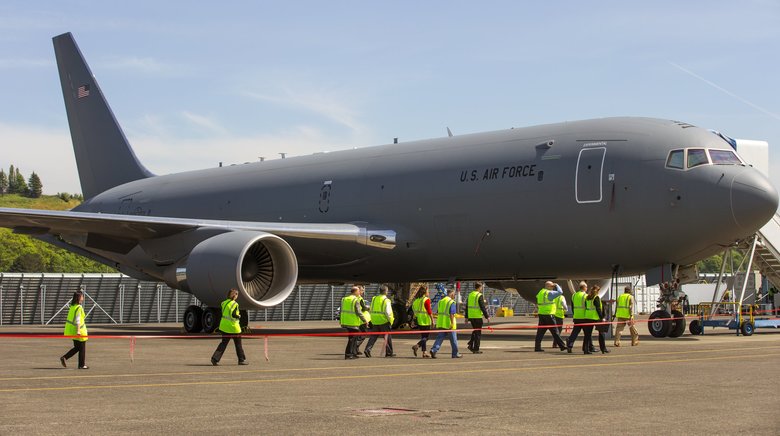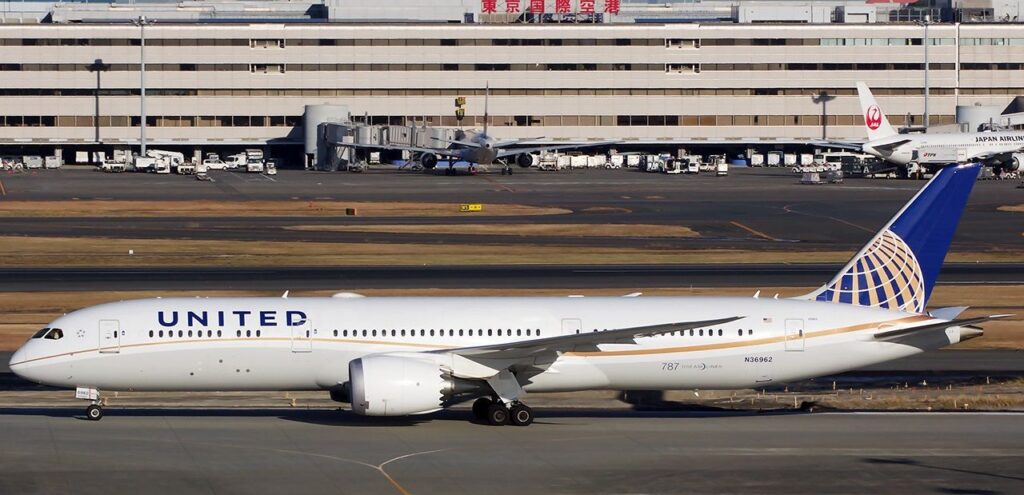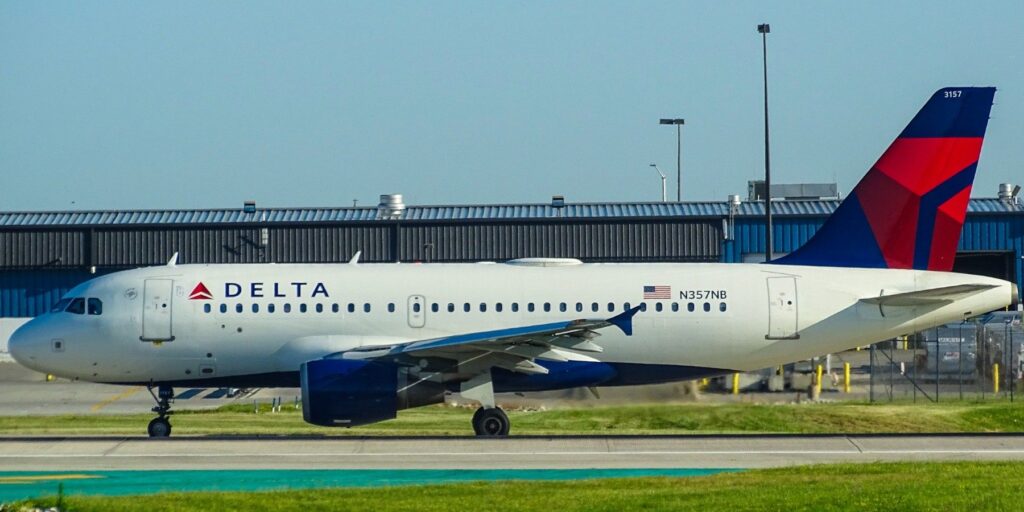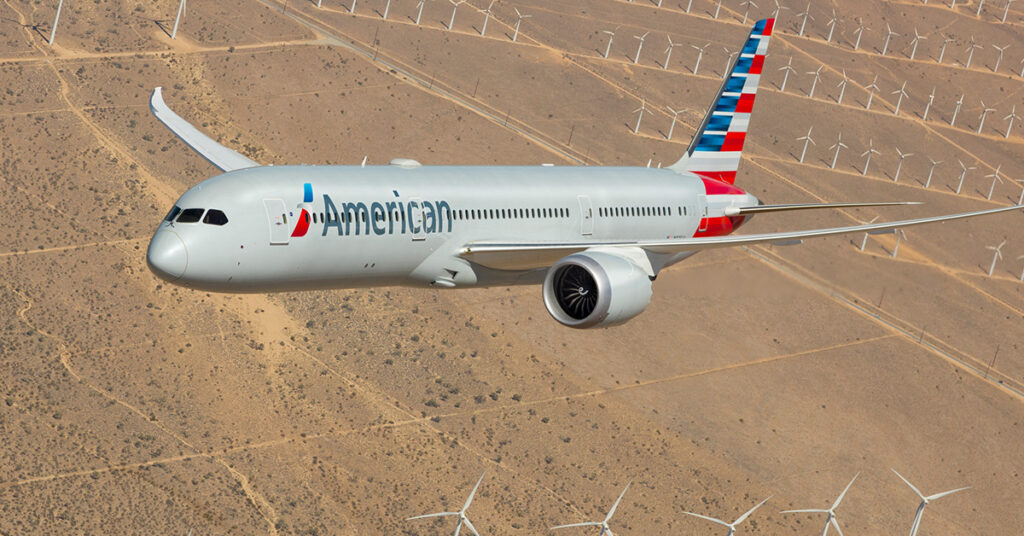Mesa Air Completes Second Closing On Secured Loan Facility
Mesa Air Group, Inc. (NASDAQ: MESA) today announced that it has completed a second closing through its previously disclosed five-year Loan and Guarantee Agreement under the Coronavirus Air, Relief, and Economic Security Act (CARES Act). The Loan Agreement…





